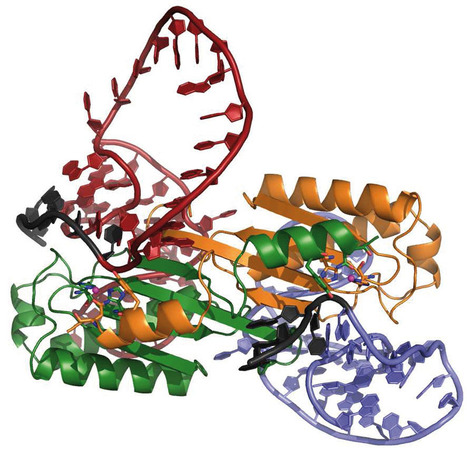Follow, research and publish the best content
Get Started for FREE
Sign up with Facebook Sign up with X
I don't have a Facebook or a X account
Already have an account: Login
 Your new post is loading... Your new post is loading...
 Your new post is loading... Your new post is loading...
|
|
















Genetically modified cattle are important for developing new biomedical models and for an improved understanding of the pathophysiology of zoonotic diseases. However, genome editing and genetic engineering based on somatic cell nuclear transfer suffer from a low overall efficiency. Here, the authors established a highly efficient one-step multiplex gene transfer system into the bovine genome.